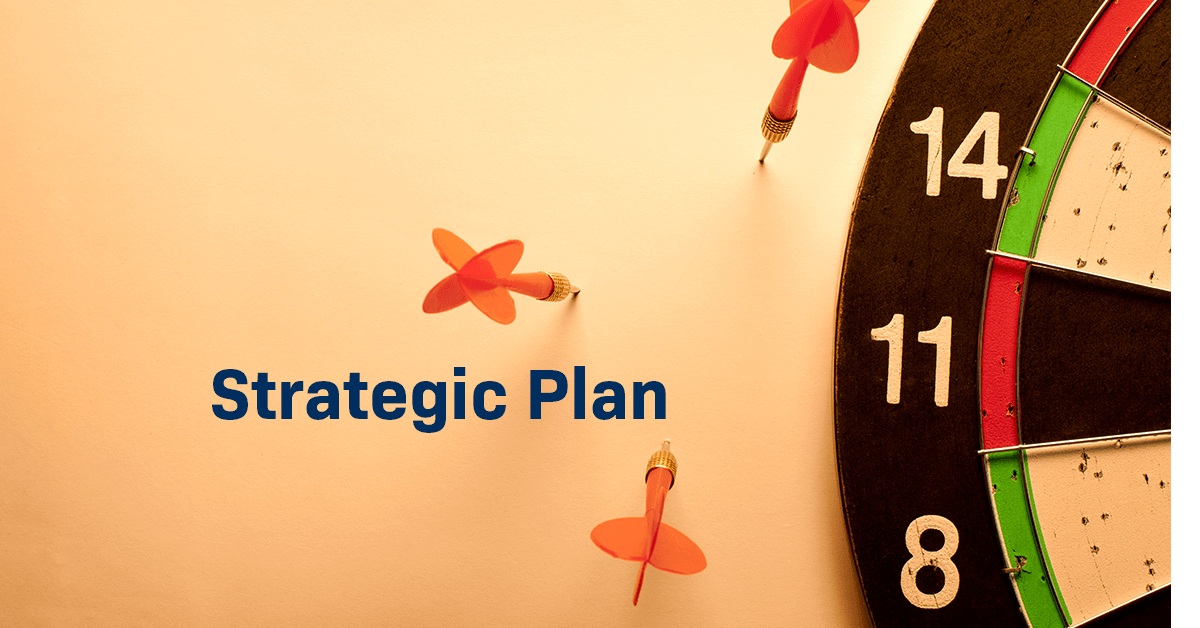January 2, 2022, and June 27, 2024
There are countless examples of people’s beliefs, actions, or habits living in apparent disharmony or conflict — known in psychology as cognitive dissonance. Independent schools have taken that response a step further. They have institutionalized cognitive dissonance and renamed it the Strategic Plan.
At the core of this “institutional dissonance” is the belief that independent schools are excellent, and yet need a Strategic Plan every 5 years to improve the quality of education without significantly impacting the program. Most schools adopt a strategic planning stance that there is something that can be improved within the school as a business entity, rather than the learning product that the school is delivering. The product is assumed to be excellent because we keep telling ourselves that it is; standardized external measures and branding reinforce the belief. To do otherwise, it is feared, would undermine the core product and invite criticism.
Siloed associations are happy to indulge the fiction that these elements are separable — a sub-par business and an excellent product — promoting the notion that fixing a silo, like enrollment management, will make the difference. Develop a better marketing plan, a better financial aid strategy,…


